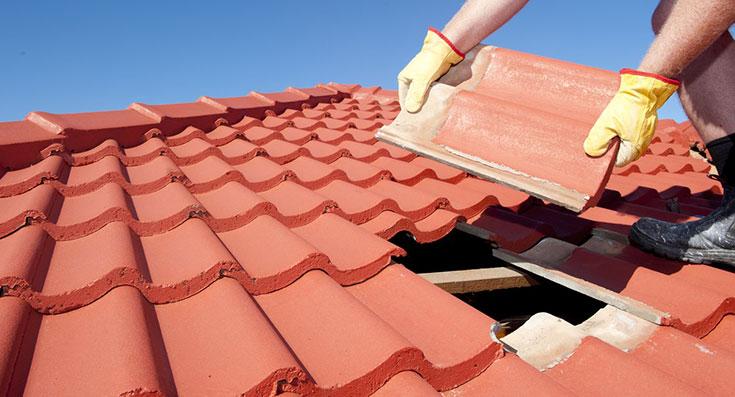When it comes to roofing in Arizona, the unique climate and environmental factors play a significant role in determining the most suitable roof types. From scorching summers to mild winters, choosing the right roofing material can have a substantial impact on your home’s energy efficiency, durability, and overall aesthetic. In this article, we will explore the various Arizona roof types that are well-suited to the desert climate, helping you make an informed decision for your roofing project.

Factors Influencing Arizona Roofing Choices
Before delving into specific roof types, it’s essential to understand the factors that influence roofing choices in Arizona:
- Climate: Arizona’s climate is characterized by intense heat, limited rainfall, and significant temperature fluctuations. Roofing materials must be able to withstand high temperatures and UV radiation.
- Energy Efficiency: Given the long and hot summers, energy-efficient roofing options are crucial to keeping indoor spaces cool and reducing energy consumption.
- Durability: Roofing materials must be durable enough to withstand the desert’s harsh conditions, including potential dust storms and monsoon rains.
Popular Roof Types in Arizona
1. Asphalt Shingles: Asphalt shingles are a common choice in Arizona due to their affordability, versatility, and ease of installation. They come in various colors and styles, allowing homeowners to find an option that complements the desert landscape.
2. Clay and Concrete Tiles: Clay and concrete tiles are popular for their excellent durability and ability to reflect sunlight, keeping homes cooler. They also provide a distinctive Southwestern aesthetic that blends well with the local architecture.
3. Metal Roofing: Metal roofing is known for its longevity and energy efficiency. It can reflect sunlight and prevent excessive heat absorption, making it an ideal choice for the Arizona climate. Additionally, metal roofs can effectively shed rainwater during monsoon season.
4. Foam Roofing: Foam roofing is a unique option that provides excellent insulation and protection against UV rays. It’s particularly beneficial for flat or low-sloped roofs and can help regulate indoor temperatures.
5. Solar Roofing: With abundant sunlight, Arizona is a prime location for solar roofing installations. Solar panels integrated into roofing materials can harness solar energy, providing both roofing protection and renewable energy generation.
Choosing the Right Roof for Your Home
When selecting a roof type for your Arizona home, consider the following:
- Material Performance: Prioritize materials that offer durability, resistance to UV radiation, and temperature regulation.
- Energy Efficiency: Opt for roofing materials that can reflect sunlight and reduce heat absorption, thereby lowering cooling costs.
- Aesthetic Appeal: Choose a roof type that complements the local architecture and your personal preferences.
- Long-Term Value: Consider the lifespan of the roofing material and its potential maintenance needs over time.
Conclusion
In conclusion, Arizona’s unique climate and environmental conditions make choosing the right roof type crucial for homeowners. Asphalt shingles, clay and concrete tiles, metal roofing, foam roofing, and solar roofing are all viable options that cater to the desert climate’s challenges and opportunities. When selecting a roof type, factors such as material performance, energy efficiency, aesthetics, and long-term value should be taken into account. By choosing the right Arizona roof type, you can ensure that your home remains comfortable, energy-efficient, and well-protected in the face of the desert’s demanding elements.



Leave a Reply